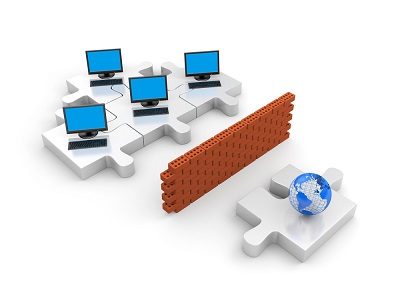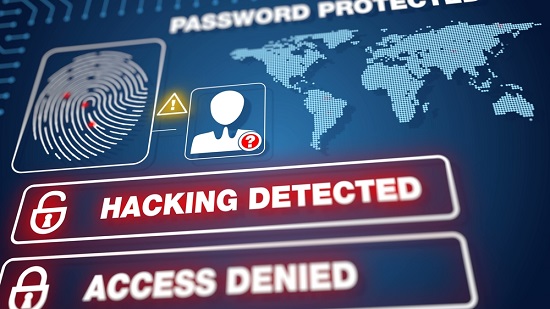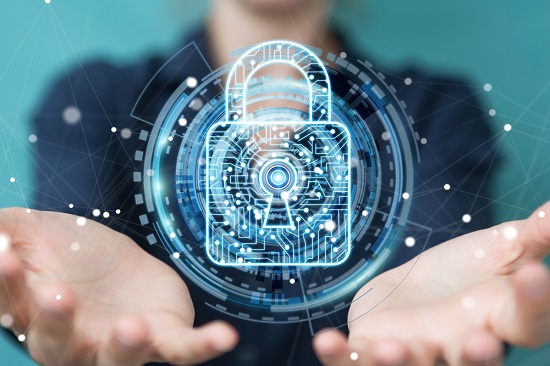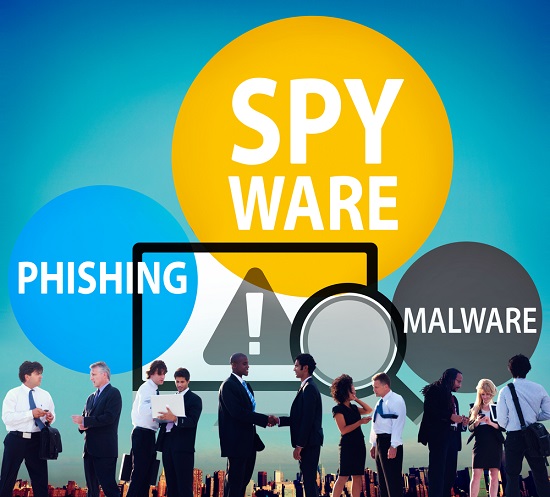
No longer is “Old gold”. We must stop implementing old security measures to improve our organization’s IT infrastructure. They are clearly not working.
Firewalls are an age-old security method that worked well in the early years of the internet. However, today it is not enough to rely on firewalls alone defeat the sophisticated and technologically advanced cyber-attacks. We will tell you why.
Cloud protection is lacking
Cloud technology adoption is increasing. Cloud technology is not without its cyber risks. To prevent intruders from unauthorized access to the cloud environment, it is important to set up a firewall. It is possible to extend firewalls beyond the range of the internal network to cover all data on the cloud, but this depends on the availability and capabilities of the cloud infrastructure.
Failure configuration
Capital One, the largest credit card issuer, was the victim of a huge data breach that compromised the personal information of approximately 106 million people. Cyberattacks can be as easy as having a poorly configured firewall. Configurations that do not fit well in a cloud-based environment have less restrictive access policies, fail to filter outgoing traffic, etc. Cyber threats can be barely escaped.
Inefficient monitoring
There is a shortage of IT security professionals and IT professionals are often overloaded. This means that they might not have enough time to monitor firewalls, upgrade it or reconfigure it to meet security requirements. Sometimes, a firewall that was installed many years ago may not be monitored over time. This is what bad actors use to their advantage.
Inadequacy in detection
A firewall is network security that operates according to a set “pre-determined rules”. They can detect threats and allow legitimate traffic to pass. However, this may not be very beneficial. It is easier for an attacker to plan a cyberattack if he knows the rules. Firewalls are not able to detect potential threats. They only respond to them according the predetermined rules. If the rule says that incoming data is from known sources, an attacker could easily launch a campaign to phish via these sources and expose all credentials.
You can still achieve maximum security, despite the drawbacks mentioned above.
Cyber threat intelligence: Make an investment
A firewall, as we have already mentioned, is a reactive system. It is only able to react to cyber threats, and not identify them before. Cyber Threat Intelligence is something that organizations should invest in. It is mainly made up of security professionals who are able to foresee cyber threats, and possibly detect those that have passed the firewall because of a loophole.
Internal network monitoring
Firewalls prevent access from outside networks, but that’s it. While firewalls may block unauthorized access to external networks, what about inside the firewall? One of the most serious cybersecurity threats is insider threats. It is therefore important to increase network visibility, monitor users within the network, as well as ensure that no malicious exchanges are occurring from private networks to public networks.
Advanced authentication is available
Authentication – A barrier that a cyber attacker can easily overthrow or not cross depending on its severity. Cybercriminals are able to hack passwords, even those that are extremely complex. Multi-Factor authentication is a good choice. This allows attackers to bypass one firewall (often poorly designed or unattended) and be stopped by multiple barriers created by MFA.
Install an IAM suite
This is perhaps the most important investment that an organization can make: deploying an Identity and Access Management system. A comprehensive IAM solution can provide high security despite any flaws in the firewall. It includes access management, identity governance and administration, business to consumer functions and personalized dashboards.
Cyber attackers are able to somehow find their way into the security network to cause havoc within an organization. Cyber attackers are constantly improving their methods. Organizations should implement more security measures in addition to firewalls.
Now that you know what you need to do – the question becomes HOW? SpartanTec, Inc. in Charleston SC is the answer. We have the cybersecurity solutions to keep your data secure. Call us today – 843-418-4792 – for a complete analysis of your network and security threats.
SpartanTec, Inc.
Charleston, SC 29407
843-418-4792
https://manageditservicescharleston.com/
Serving: Myrtle Beach, North Myrtle Beach, Columbia, Wilmington, Fayetteville, Florence, Charleston





